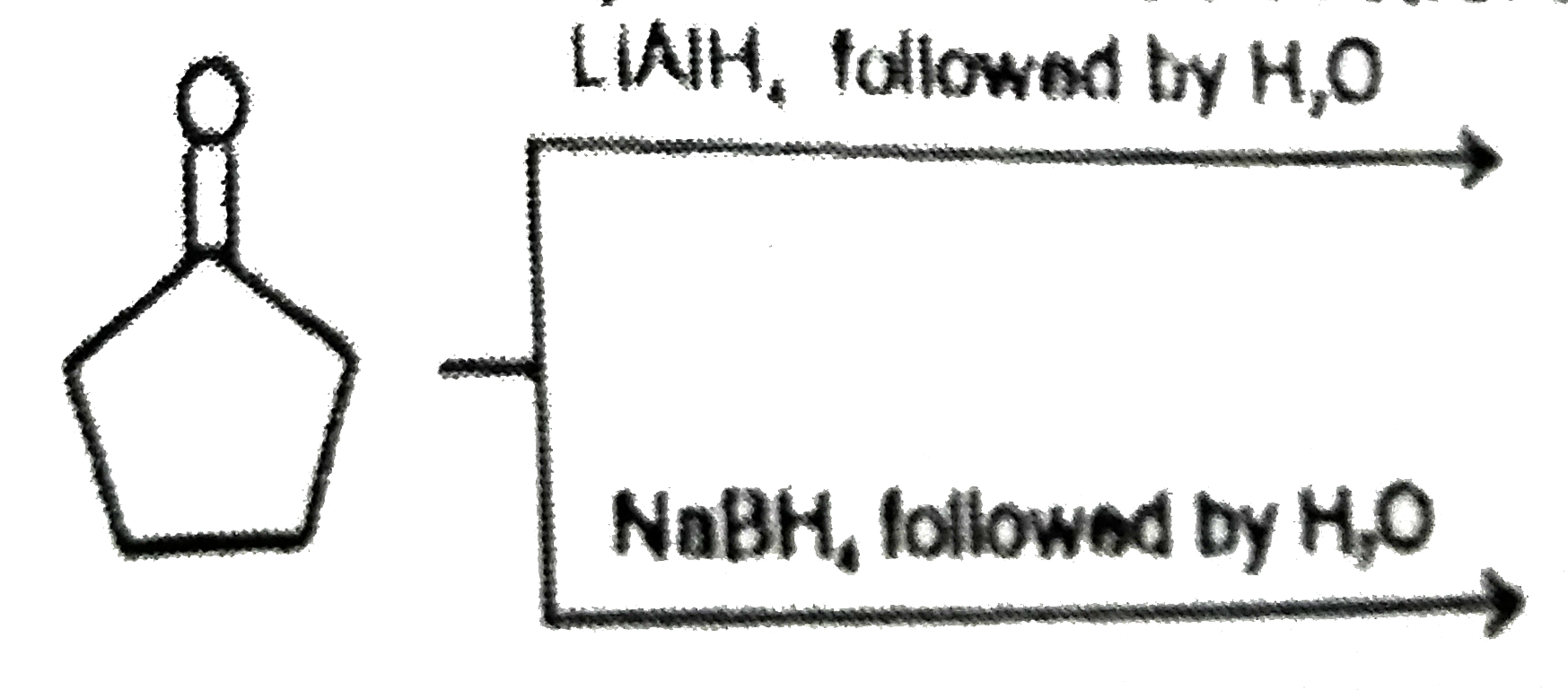What is the product of reaction between ethanoyl chloride and dimethyl cadmium ?
To determine the product of the reaction between ethanoyl chloride and dimethyl cadmium, we can follow these steps:
Step 1: Identify the Reactants
The reactants in this reaction are:
- Ethanoyl chloride (acetyl chloride): CH₃C(=O)Cl
- Dimethyl cadmium: (CH₃)₂Cd
Step 2: Understand the Reaction Mechanism
The reaction between an acid chloride and a dialkyl cadmium typically leads to the formation of a ketone. The cadmium compound acts as a nucleophile, attacking the carbonyl carbon of the acid chloride.
Step 3: Write the Reaction
When dimethyl cadmium reacts with ethanoyl chloride, the nucleophilic attack occurs as follows:
1. The dimethyl cadmium donates a methyl group (CH₃) to the carbonyl carbon of ethanoyl chloride.
2. This results in the formation of a tetrahedral intermediate.
3. The chloride ion (Cl⁻) is then eliminated, leading to the formation of a ketone.
Step 4: Determine the Product
The product of this reaction is:
- Acetone: CH₃C(=O)CH₃
Since two molecules of ethanoyl chloride react with one molecule of dimethyl cadmium, the overall reaction can be summarized as:
2CH3C(=O)Cl+(CH3)2Cd→2CH3C(=O)CH3+CdCl2
Final Answer
The product of the reaction between ethanoyl chloride and dimethyl cadmium is acetone (2 molecules), along with cadmium chloride (CdCl₂).
---
The reactants in this reaction are:
- Ethanoyl chloride (acetyl chloride): CH₃C(=O)Cl
- Dimethyl cadmium: (CH₃)₂Cd
The reaction between an acid chloride and a dialkyl cadmium typically leads to the formation of a ketone. The cadmium compound acts as a nucleophile, attacking the carbonyl carbon of the acid chloride.
When dimethyl cadmium reacts with ethanoyl chloride, the nucleophilic attack occurs as follows:
2. This results in the formation of a tetrahedral intermediate.
3. The chloride ion (Cl⁻) is then eliminated, leading to the formation of a ketone.
The product of this reaction is:
- Acetone: CH₃C(=O)CH₃
2CH3C(=O)Cl+(CH3)2Cd→2CH3C(=O)CH3+CdCl2
The product of the reaction between ethanoyl chloride and dimethyl cadmium is acetone (2 molecules), along with cadmium chloride (CdCl₂).
Similar Questions
Knowledge Check
Bakelite is a product of reaction between
Aformaldehyde and NaOHBphenol and methanalCaniline and ureaDphenol and chloroform.Bakelite is a product of reaction between
Aformaldehyde and NaOHBphenol and methanalCaniline and ureaDphenol and chloroform.Bakelite is a product of reaction between
Aformaldehyde and NaOHBphenol and methanalCaniline and ureaDphenol and chloroform.





